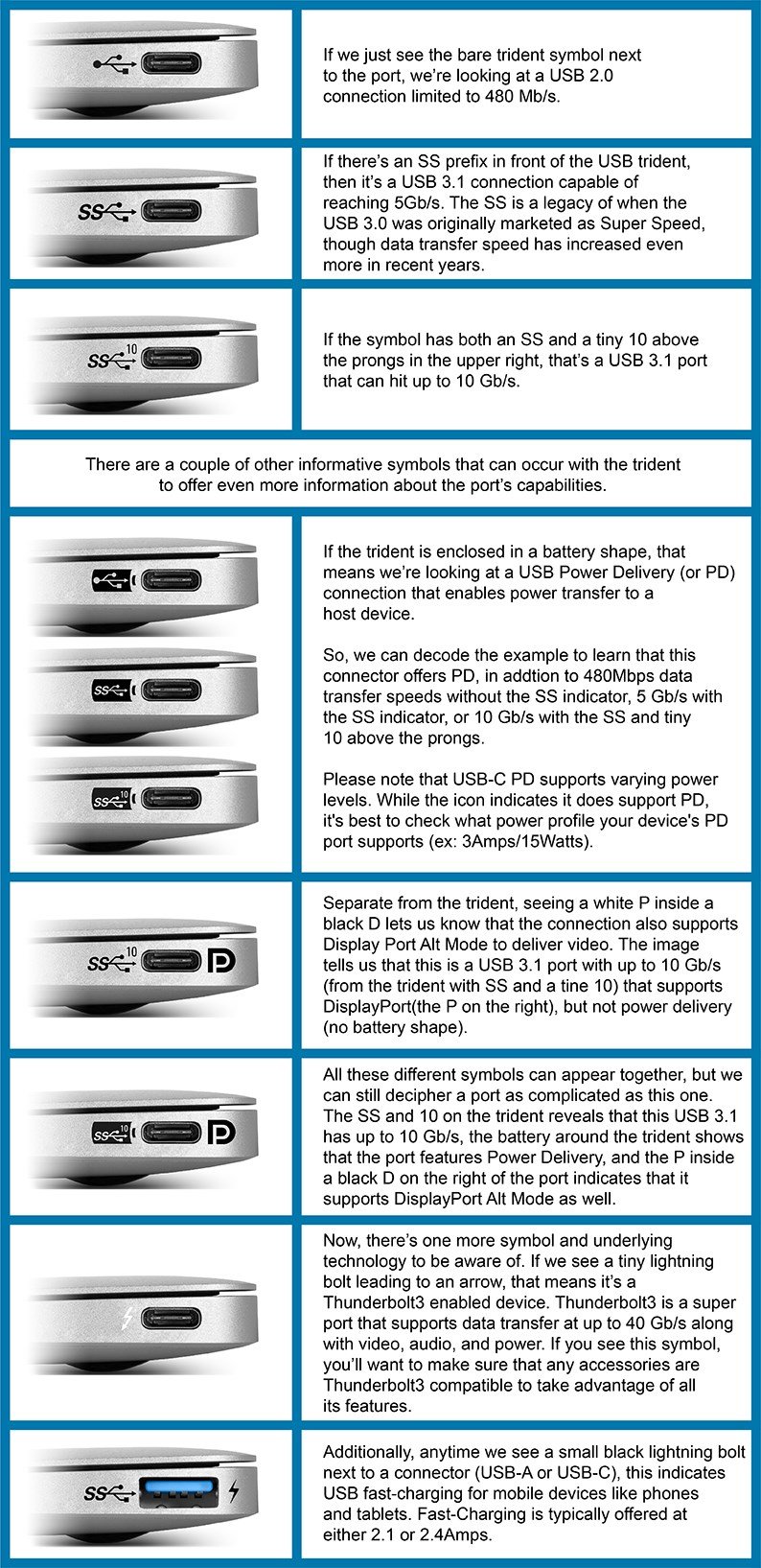this post was submitted on 09 Sep 2024
9 points (100.0% liked)
Technology
59587 readers
5464 users here now
This is a most excellent place for technology news and articles.
Our Rules
- Follow the lemmy.world rules.
- Only tech related content.
- Be excellent to each another!
- Mod approved content bots can post up to 10 articles per day.
- Threads asking for personal tech support may be deleted.
- Politics threads may be removed.
- No memes allowed as posts, OK to post as comments.
- Only approved bots from the list below, to ask if your bot can be added please contact us.
- Check for duplicates before posting, duplicates may be removed
Approved Bots
founded 1 year ago
MODERATORS
you are viewing a single comment's thread
view the rest of the comments
view the rest of the comments

I believe that the reason that the smaller USB variants showed up was because some devices were just too small to physically accommodate a USB-A plug. Think MP3 players and later -- very importantly -- smartphones.
For the vast majority of consumer electronics, USB-A is fine. But for things that are as thin as possible, usually to fit into a pocket, it starts to bump up against limits.
Mini-USB put the tensioners -- the bit that wears out over time, is the bottleneck on the lifetime of the thing -- on the (expensive) device rather than the (cheap) cable.
Like, I think that there was a legitimate reason to fix that one way or another.